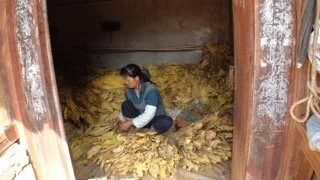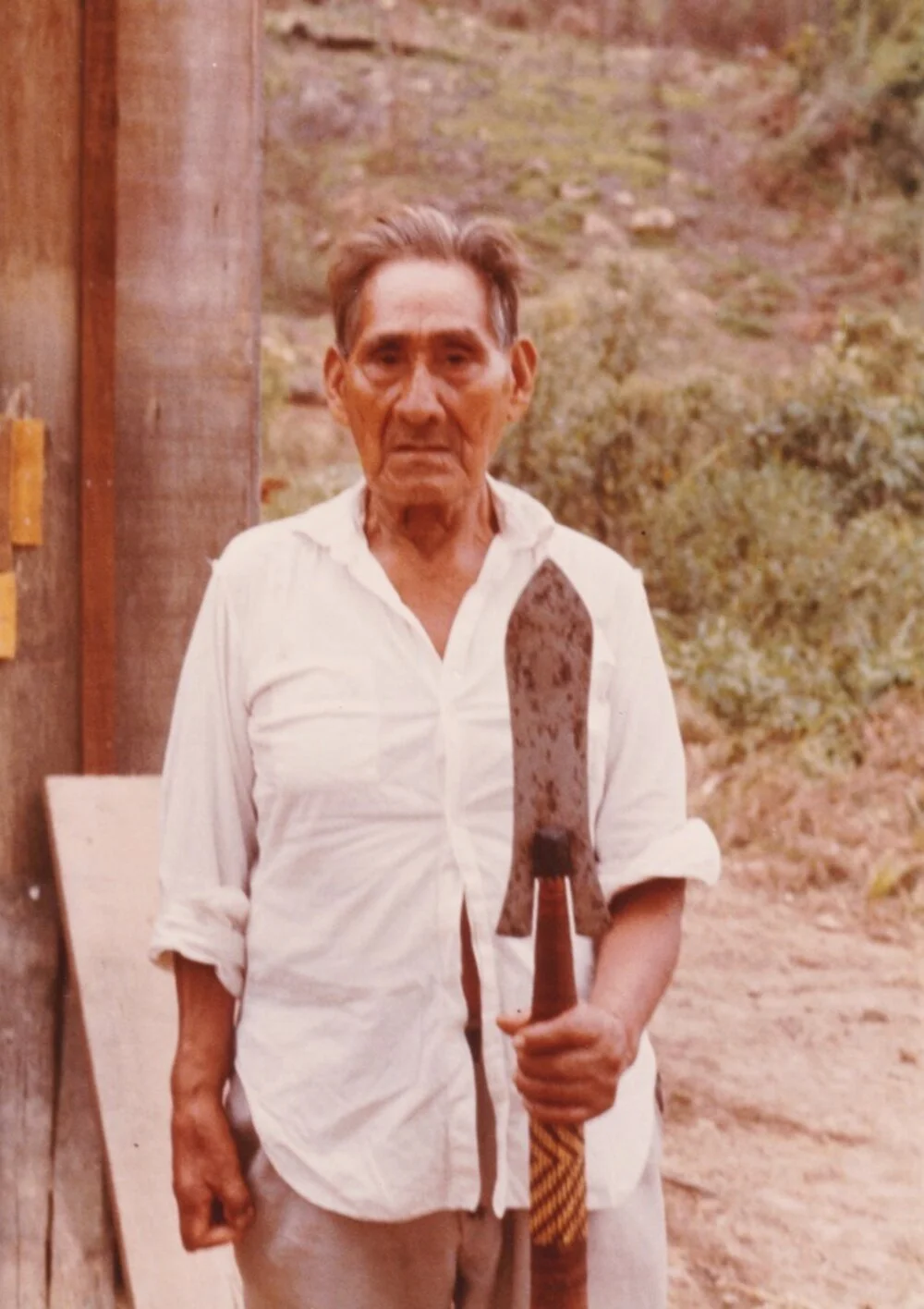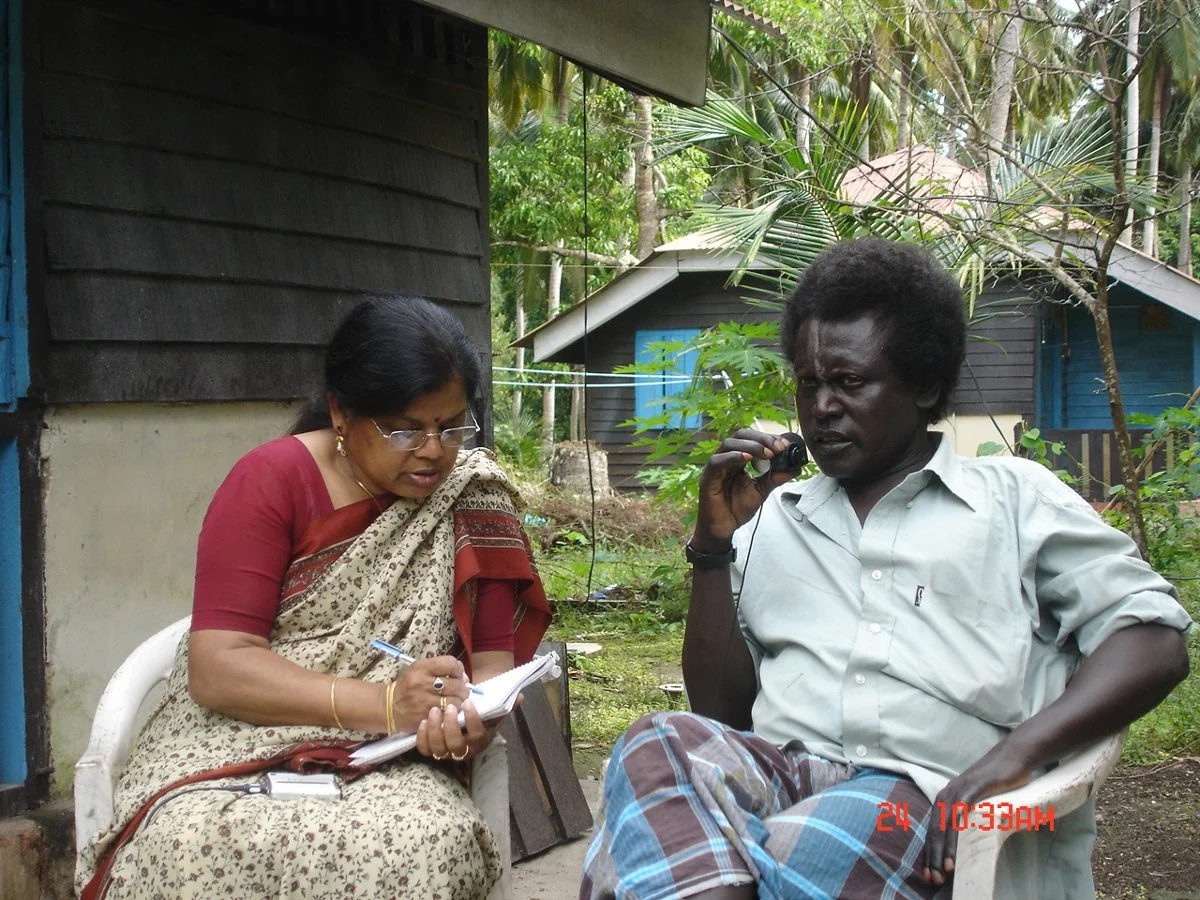STORIES
Ahom
Ahom language work
September 26, 2016
Stephen Morey
Senior Lecturer in Linguistics
Department of Languages and Linguistics
La Trobe University
I met Tileshwar Mohan in January 2007; I had gone to visit the Tai Ahom village of Parijat, home to some of the leading Deodhai – traditional priests of the Tai Ahom community – in order to learn more about the Tai Ahom manuscripts.
Twenty years ago, in October 1996, I had visited Assam for the first time. I was interested in the Tai Ahom language, which had ceased to be spoken as a mother tongue, in the late 18th century, when the Tai Ahoms had adopted many of the customs of the Hindu Assamese, including their language. From what I had read, however, the language had survived in ritual and in large collections of manuscripts, and was undergoing some kind of revival. However, in the first few years of my time in Assam I concentrated on other Tai languages – Phake, Aiton, Khamyang – which were still spoken by small numbers of people.
Parijat village is in the plains of Assam, an area full of very rich paddy rice fields; in January these are dry; the nights are cold and the days short. With my wife, I had travelled to Parijat to meet one of the leading Deodhai, but he was absent; however our guide took us to meet Tileshwar Mohan, who generously brought out for us a most valuable manuscript, the Ming Mvng Lung Phai (the spirit of the country descends and moves).[ref]We use the symbol for a back unrounded vowel of unspecified height – [ɯ] or [ɤ][/ref]
He allowed me to photograph the manuscript, and then read it in the traditional Tai Ahom intonation. While this has never been investigated, this intonation seems to me to be much influenced by Indian styles, yet it is still somehow unique.
Reading from the Ming Mvng Lung Phai. Source: www.paradisec.org.au
Ming Mvng Lung Phai manuscript. It is believed in the Ahom culture that there different types or number of spirits(khons) in everything in this universe. These spirits seem to escape after war or if someone is frightened or scared. And in order to call back these spirits this manuscript is used to call back the frightened spirits. This text is used when the spirit of country has escaped.
Photo: Stephen Morey
But my job is as a linguist, so I asked Tileshwar Mohan to explain the meaning, and this he did, at least in part, in the recordings SDM04-2007-001 to -004. It was clear to me that this was an important text, and in subsequent years, I have worked with Tileshwar Mohan, and also with the Tai Scholar Chaichuen Khamdaengyodtai, to make a translation of this text.
Visiting Tileshwar Mohan in the years since we started work has often involved sitting in his living room, with mud floor and no heating, the door to the outside open, with his gentle wife offering tea and betel nut. We often sit there in the evening, after the early sunset, with a very low voltage light or kerosene lamp if the electricity goes, while we discuss the meaning, or the possible meaning, of manuscripts that have been in his family since time immemorial, but much of the meaning of which has become obscured.
Language data website:
sealang.net/assam
Dictionary websites:
sealang.net/ahom
sealang.net/singpho
sealang.net/phake
sealang.net/mueshaungx
sealang.net/chamchang
Linguistic data archived at:
DoBeS: www.mpi.nl/DoBeS and follow a link to projects, then Tangsa, Tai and Singpho in North East India
ELAR: elar.soas.ac.uk
PARADISEC: www.paradisec.org.au
North East Indian Linguistics Society: sealang.net/neils
Tileshwar Mohan, his son and Stephen Morey
Photo of Tileshwar Mohan by Stephen Morey
CONTINUE READING STORIES




















